By Chen Xi Source:Global Times 2024-03-25
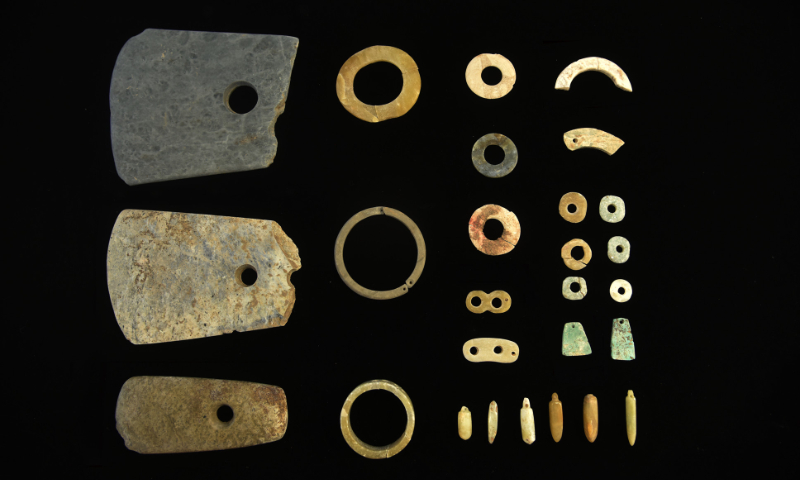
Jade artifacts of Dawenkou Culture unearthed at the Wangzhuang site in Yongcheng, Central China's Henan Province Photo: Courtesy of National Cultural Heritage Administration
China's National Cultural Heritage Administration (NCHA) on Friday announced China's top 10 archaeological discoveries in 2023, which aims to recognize the most significant archaeological discoveries made in the country during the year.
The 10 outstanding discoveries are the highlights of 22 archaeological projects. Archaeologists said this year's selection is competitive as the 22 nominated sites cover a broad space, from the Qinghai-Xizang Plateau to the underwater depth of about 1,500 meters in the South China Sea. The discoveries also demonstrate that Chinese archaeology has entered a new age represented by a close cooperation across multiple disciplines as well as an improving awareness in heritage protection across the whole nation.
Guan Qiang, deputy head of the NCHA, said at the press conference that in the past year, new progress has been made in the study of the fifth phase of the national project of tracing the source of Chinese civilization.
The top 10 archaeological discoveries in China in 2023 provide deeper insight into the cultural and social developments of their respective times and dynasties, and show solid evidence of China's multi-ethnic and integrated development throughout its history.
Chen Xingcan, a member of the judging panel and head of the Institute of Archaeology of Chinese Academy of Social Sciences, told the Global Times that 2023 was a remarkable year for archaeology, with an increase in active excavation projects resulting in abundant research outcomes.
"It was quite difficult for the judges to vote, as each site had its own unique cultural value and significance," he said, emphasizing that even those sites that didn't make it to the finals hold significant importance. "However, we must maintain a balance."
One of the most eye-catching sites is the two ancient shipwrecks No.1 and No.2 from Ming Dynasty (1368-1644) that were discovered at an underwater depth of about 1,500 meters near the northwest continental slope of the South China Sea in 2022.
Huo Wei, dean of the School of Archaeology, Culture and Museum at Sichuan University and curator of the Sichuan University Museum, said at the press conference that the discovery of the two ancient shipwrecks is a successful model of a close cooperation between high-tech and natural science, and it has opened a new chapter for embarking on a landmark deep-sea archaeological investigation.
The No.1 wreck mainly contains porcelain wares, roughly more than 100,000 pieces dating back to the reign of the Zhengde Emperor (1506-1521) of the Ming Dynasty (1368-1644), while the No.2 shipwreck mainly contains a large number of wood logs, most of which have been processed. Through a preliminary study, it was determined that the ship was loaded with cargo and had sailed from overseas to China.
Huo said the relics found on the shipwrecks proved the prosperous development of Maritime Silk Road in Ming Dynasty.
The Zhaigou Site in Northwest China's Shaanxi Province dating back to late Shang Dynasty (c.1600BC-1046BC) was also featured on the list.
The excavation revealed noble tombs at the site filled with burial carts, some adorned with exquisite bronze fittings. Among them, one cart stood out with a unique design that is unparalleled among current archaeological findings from the Shang and Western Zhou (1046BC-771BC) dynasties. It is believed to be the oldest of its kind found in China and East Asia.
Wang Wei, a member of the judging panel and president of the Chinese Society of Archaeology, told the Global Times that the relics found from the Zhaigou Site have proven the close relationship between the Shang Dynasty and its surrounding states. The surrounding states have been influenced by the system of Shang Dynasty while boasting their own culture styles.
Another two outstanding sites are the Qujialing site in the city of Jingmen, Central China's Hubei Province, where China's earliest known water conservancy project from 5,100 years ago was discovered, and the 3,000-year-old Keqiutou ruins in Pingtan, East China's Fujian Province, known for the origins of Austronesians.
The annual event, first launched in 1990, serves as a platform to encourage further interest and support for the preservation and exploration of cultural relics and archaeological research in China.
Here is the list of China's top 10 new archaeological discoveries in 2023:
1. A series of Paleolithic sites from 100,000 to 10,000 years ago in Yishui county, East China's Shandong province

Photo: Courtesy of National Cultural Heritage Administration
2. A series of Neolithic sites dating back 3,000 to 7,500 years in Pingtan county, East China's Fujian province
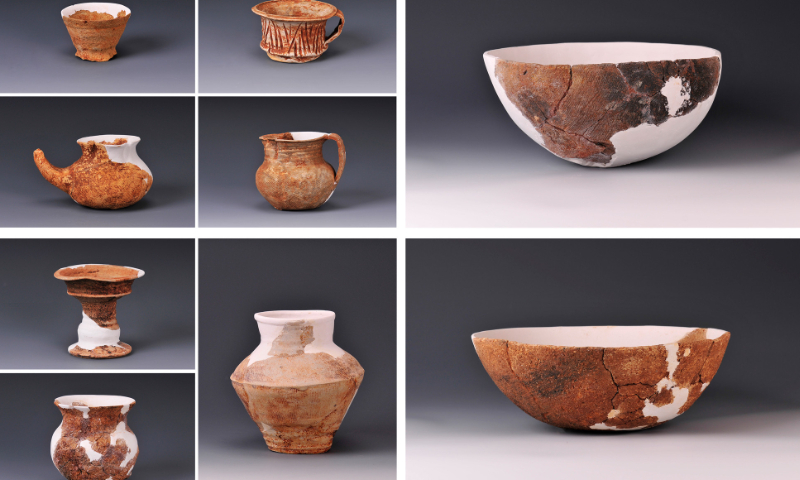
Keqiutou Neolithic site complex in Pingtan county, Fujian province. Photo: Courtesy of National Cultural Heritage Administration
3. Mopanshan Site in Langxi county, East China's Anhui Province from about 6,000-year-old Majiabang Culture to the Spring and Autumn Period (770-476 BC)

Photo: Courtesy of National Cultural Heritage Administration
4. The Qujialing Neolithic Site dating back 4,200 to 5,900 years in Jingmen, Central China's Hubei Province
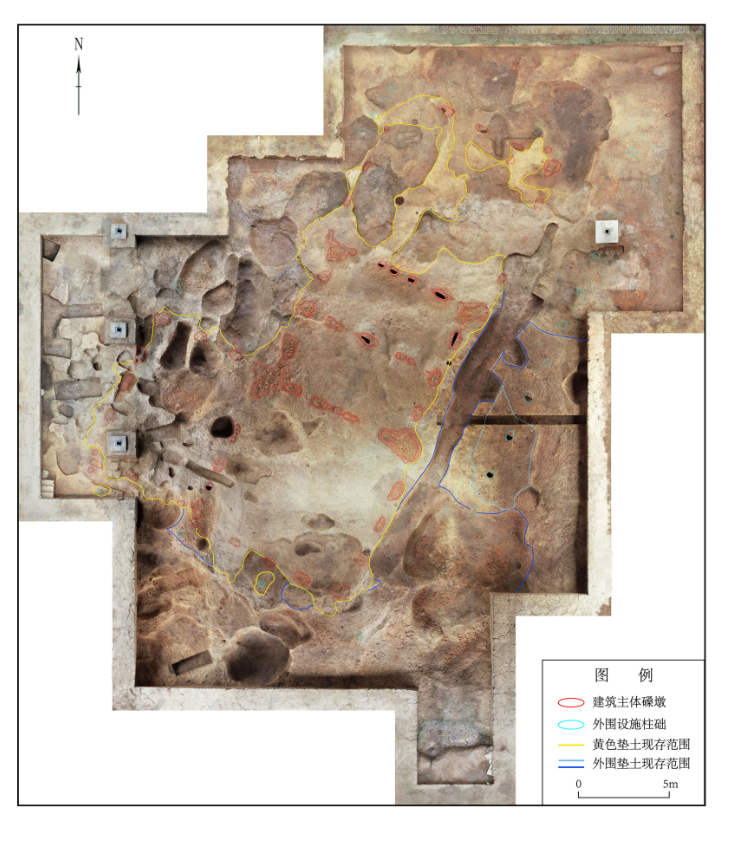
Photo: Courtesy of National Cultural Heritage Administration
5. The Wangzhuang site in Yongcheng, Central China's Henan Province of Dawenkou Culture from about 5,000 years ago

Photo: Courtesy of National Cultural Heritage Administration
6. The Shuyuanjie Cemetery in Shang Dynasty (c.16th-11th century BC) capital in Zhengzhou, Central China's Henan Province

Photo: Courtesy of National Cultural Heritage Administration
7. The Zhaigou Site dating back to the Shang Dynasty in Qingjian county, Northwest China's Shaanxi Province
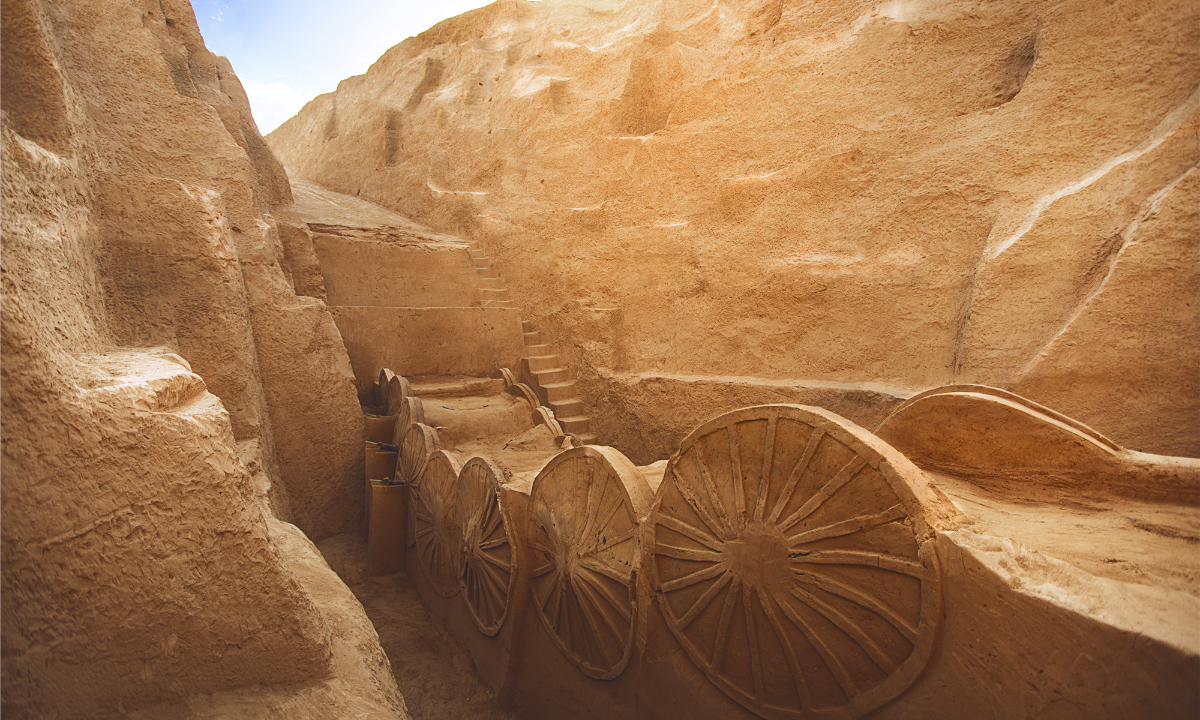
Photo: Courtesy of National Cultural Heritage Administration
8. The Sijiaoping Site in Lixian county, Northwest China's Gansu Province from the Qin Dynasty (221-206 BC)
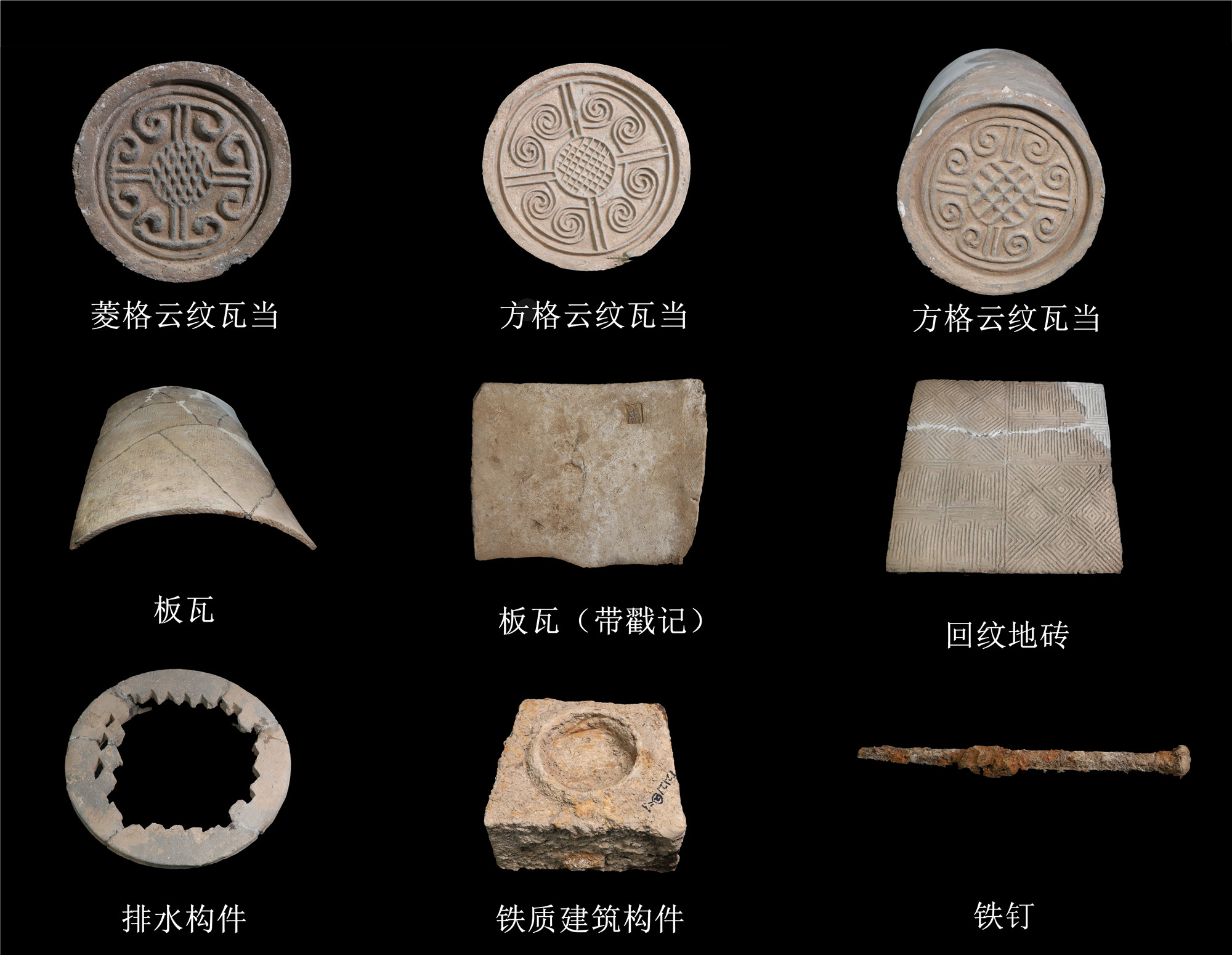
Photo: Courtesy of National Cultural Heritage Administration
9. The Chencun Ceramic Kiln Site in Huozhou, North China's Shanxi Province from Song (960-1279) to Qing (1644-1911) dynasties

Photo: Courtesy of National Cultural Heritage Administration
10. The Northwest Continental Slope No.1 and No.2 Shipwrecks Site in the South China Sea, South China's Hainan Province from the Ming Dynasty (1368-1644)
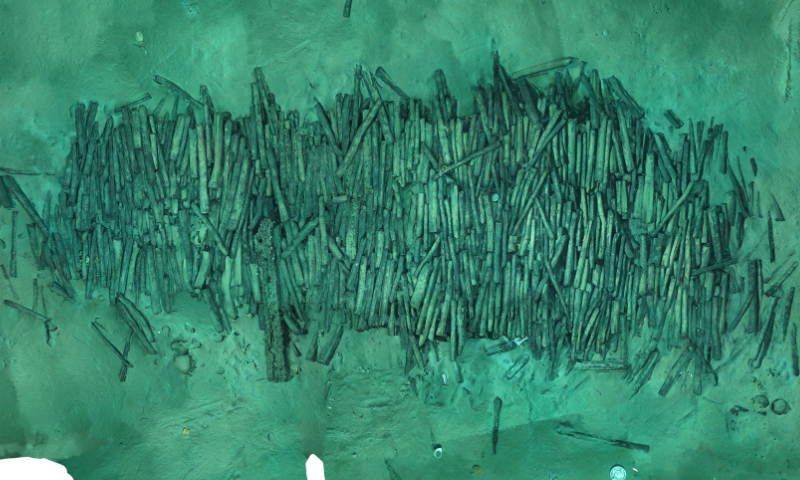
Photo: Courtesy of National Cultural Heritage Administration